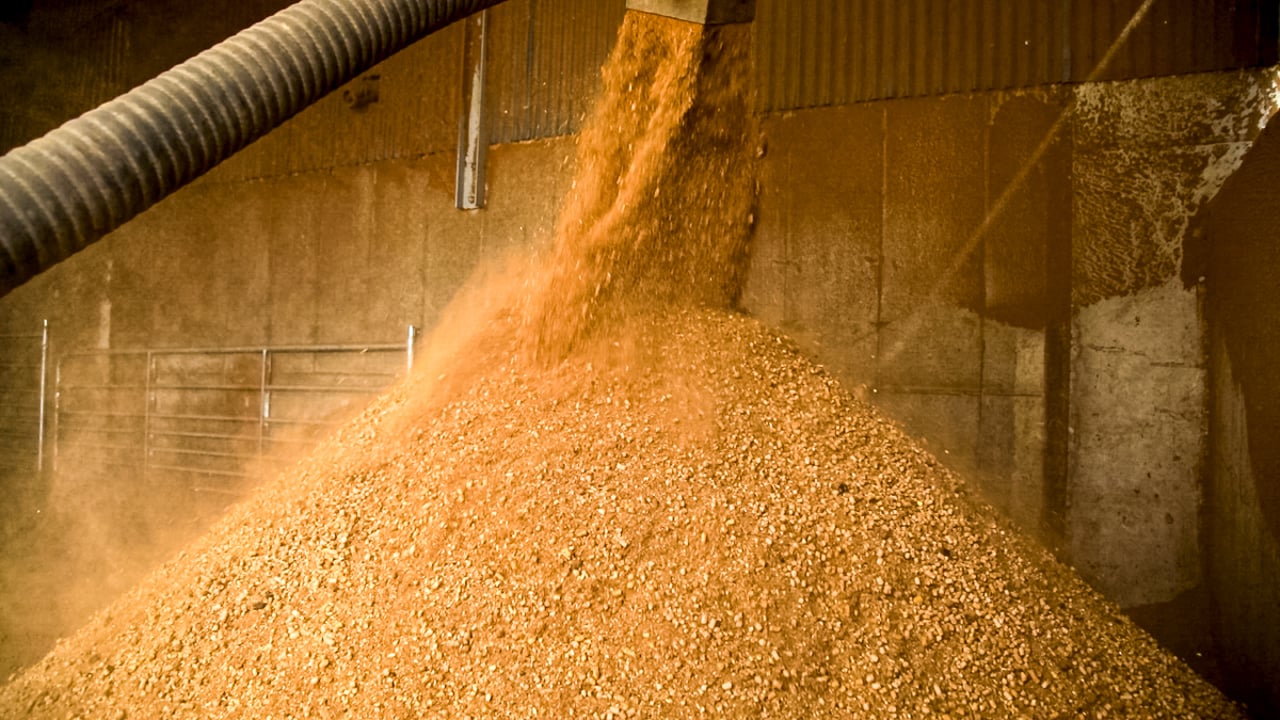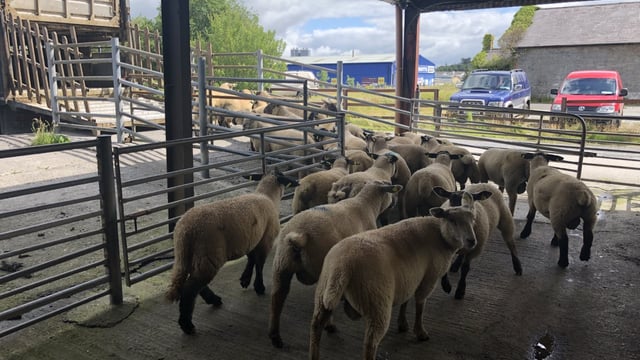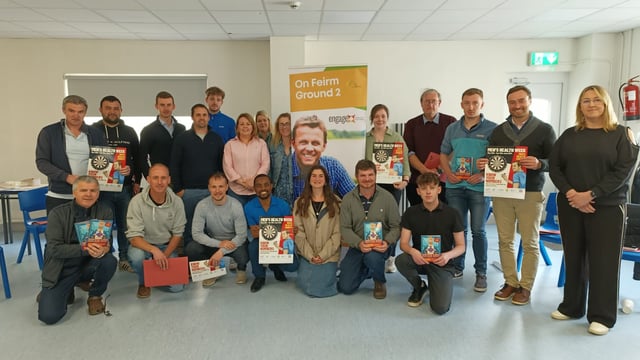Feed materials now at contract high levels -IGFA
A spokesperson for the Irish Grain and Feed Association (IGFA) has confirmed that, overall, the market for feed materials is now suffering badly from the effects of poor crops in 2020.
As a result, feed material prices are now at contract highs.
Relief from these elevated price levels is not possible until the results of the harvest in major producing areas such as the EU and the US are known, and this will not be for many more months.
Global trade putting pressure on feed materials
Speaking to Agriland, a spokesperson for the IGFA said: “Our feed manufacturers must now try to forward purchase autumn and winter supplies.
“Compounding the problem is challenges with global trade.
“However, the EU levy of 25% on US maize, linked to the steel and aluminium dispute, remains in place and is scheduled to double to 50% on June 1, 2021.”
Export taxes
According to IGFA, the Russian export tax for wheat, barley, and corn is still in place at around €25/t and there is talk of a new higher tax starting in June 2021.
This leaves the EU maize markets constrained from both the eastern and the western direction.
In addition, the Ukraine, a major supplier, has reduced exports by approximately 50%.
Given this backdrop, a fundamental question arises - are the challenges faced by the Irish feed sector being fully considered when retaliatory tariffs are being imposed on third country suppliers?
In the view of IGFA, the impact falls disproportionally on EU peripheral countries such as Ireland with large deficits of native feed materials.
The IGFA spokesperson explained:
“The resulting impact on feed businesses is obvious and of course the potential serious knock-on impacts on Irish livestock farmers.
Other IGFA priorities include an urgent solution with the US to lift the current maize levy, and the securing of support for the establishment of a permanent EU/US feed trade dialogue on regulatory cooperation regarding this matter.





